This settlement located along the Túr, close to its mouth, was first mentioned in 1181. Its parish priest, however, was only mentioned in 1423. The church today is still largely in its medieval form. Its rectangular nave is joined by a two-bay sanctuary to the east, closed with five sides of an irregular octagon. On the west side of the nave a tower was erected in the 19th century. Inside the sanctuary, the imprint of the vault remains, as well as the sacristy door and the pastoforium niche. The church was built in a single period, at the turn of the 16th century. Its wooden furnishings are noteworthy, including a flower-painted, coffered wooden ceiling, which dates from the 18th century. The restoration of the church, completed in 1995, earned a Europa Nostra Prize.
The Reformed church of Sonkád, which was built in the 15th century, not too long prior to the spread of the Reformation, belonged to one of the most significant families in the historical Szatmár county, the Csaholyi family. In the 18th century, the church was significantly reconstructed. Following their break through in 1717, the Tatars showed no mercy to either the people or the village. Together with the village, they burned down the church, whose roof structure together with the Gothic vault of the sanctuary were destroyed then. The reconstruction process began relatively late, in the 1750s, the climax of which was the creation of the painted cassette-style ceiling and the gallery in 1766. The pulpit was completed in 1773 with the reuse of the elements of the former gallery, and in 1795, the present L-based gallery was created. The western tower was constructed in the early 19th century. In front of the southern entrance, a porch protects the finely created stone-framed Gothic gate.
A few years ago, the Reformed church of Sonkád built in the 15th century was closer to total destruction than ever before during the centuries. The condition of the church was so poor that it was not suitable for holding of services. During the reconstruction process launched in the middle of the 1990s, it became clear that the wall surfaces and the hollow ceiling hid real treasures. Unexpectedly, the ornaments and the varied painting of the fragmented blue-painted wooden ceiling originating from 1766 appeared beneath the cane mortar. On some cassettes of the fragmented ceiling, it was impossible to reconstruct the painting authentically, therefore on these elements, only the supplementation of the base color and the frames were implemented. Due to the reconstruction activities, the pulpit, the galleries and the pews featuring tree of life motifs shine in similarly rich colors. On the walls, beautiful wall paintings from different eras have become visible. Due to the restoration of the visual artworks appearing in the framework of the Gothic building restored by the National Office of Cultural Heritage, and due to its exemplary restoration, the Reformed church of Sonkád was awarded the Europa Nostra certificate. Since then, the medieval church has been referred to as the “Church of Flowers”.
The churches of the Reformed appear to be simple and ornamentless, compared to the Catholic or Orthodox churches, which are rich in pictures and sculptures. The Reformed returned to the Law of Moses and rejected the use of painted and carved pictures, as they were considered idolatry. As a result, they cleared their churches from the old pictures according to the teachings of John Calvin, who said that God was impossible to be depicted, as He was invisible. Although the pictures of the saints had no place in Reformed churches, they did not resign the ornamentation of the congregation houses, as the most important places of community life. A beautiful example of this is the church of Sonkád, which differed, and differs today, from the houses of the common people in that each of its sections is color painted, and each item of its furnishings is finely carved.
Yes, the exteriors of the churches were also painted! One of the best examples of that is Sonkád, where some of the exterior paintings have been preserved. Of course, due to weather conditions, the decorative paintings frequently appearing on the facades were very vulnerable, but in many cases, they became victims of intentional destruction. The character and the quality of these old paintings can also be observed in the churches of Csaroda and Márokpapi. For instance, in Sonkád, the painting around the triumphal arch imitates carved ashlars, which is a typical medieval decorative form. The motif of wandering plants and leaves around the bay windows indicates the influence of the “floral renaissance”, which was widespread all over Hungary. The most beautiful examples of this are the ornaments of red and gray leaves opening from the hearts, which can be observed in Csaroda, Lónya, Túrricse and Ófehértó. These can not only be decorations, but also symbols conveying messages! As an illustration, the scarp of the window in one of the sanctuaries features wandering vines, which is a frequently used motif in the parables of Jesus Christ, and which also has a reference to the wine of the Last Supper.
The floral motifs painted on the walls continue on the wooden ceilings by which the sky is represented. As a result, celestial bodies frequently appear on them in addition to biblical symbols. However, in most cases, the cassettes only feature floral motifs, which also has a symbolic meaning: they remind the congregation of the Garden of Eden. The painter joiners were expected to create motifs that differ from one another on each of the cassettes.
The painted wooden ceilings are considered to be the characteristic features of the Reformed churches. It is partly true since wooden ceilings have only been preserved in Reformed churches, but it does not mean that the Catholic churches did not feature them. Following the expulsion of the Turks, the collapsed vaults were not restored during the reconstruction processes, instead, simple wooden ceilings were created, which were decorated with paintings by both the Reformed and the Catholic. During the 18th century, the churches of the Catholics were reconstructed. On the site of the small medieval churches, large, baroque churches were erected, which featured vaults, and frescos on the vaults. Even though the Protestant denominations were always much poorer, they managed to preserve their old churches. However, the fact that the wooden ceilings can be adored today is not only due to poverty, but rather to the respect that they have shown to their ancestors in addition to their care and thoughtfulness.
At this point, external content (map/ OpenStreetMap) is displayed if you allow it: Privatsphäre-Einstellungen
Related members:
All sights in this country
-
Calvinist church in Csegöld →
Hungary
-
Calvinist church in Csenger →
Hungary
-
Calvinist church in Csengersima →
Hungary
-
Calvinist church in Kisszekeres →
Hungary
-
Calvinist church in Nagygéc →
Hungary
-
Calvinist church in Nagyszekeres →
Hungary
-
Calvinist church in Szamostatárfalva →
Hungary
-
Calvinist church in Tiszakóród →
Hungary
-
Reformed Church of Ajak →
Hungary
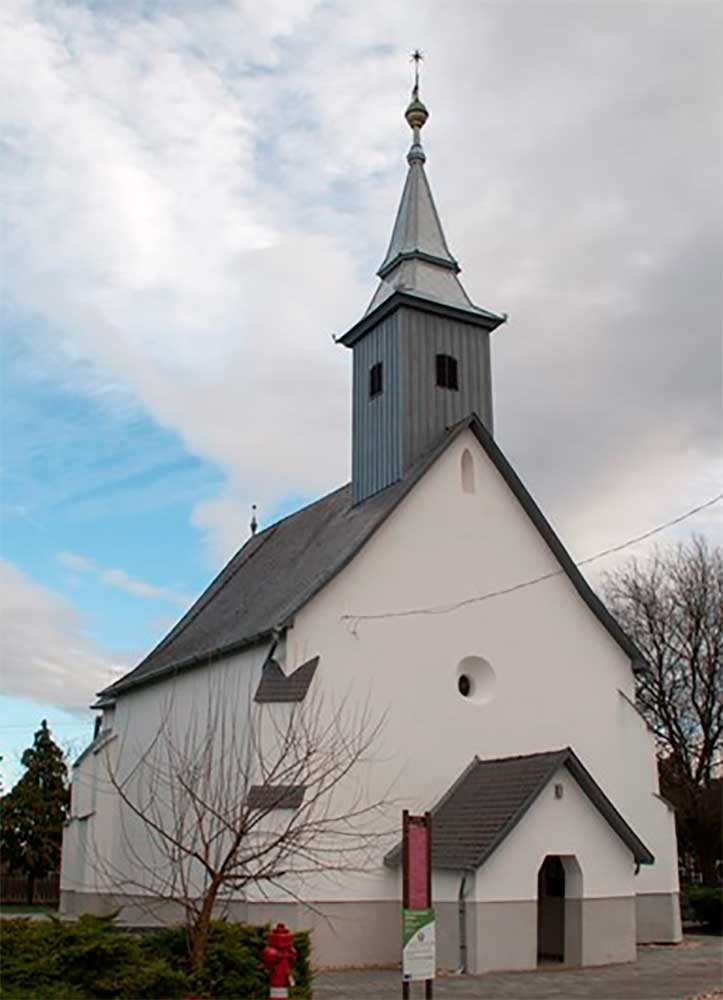
-
Reformed Church of Csaroda →
Csaroda / Hungary
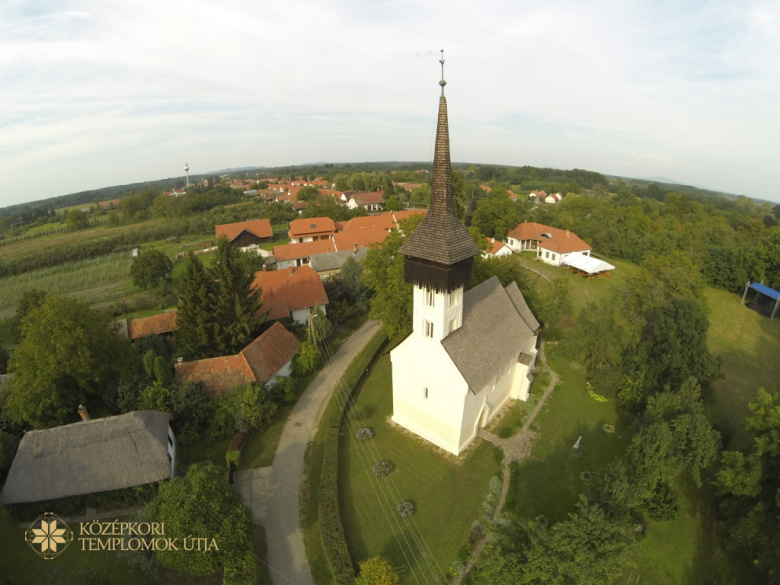
-
Reformed Church of Gyügye →
Hungary

-
Reformed Church of Kölcse →
Hungary
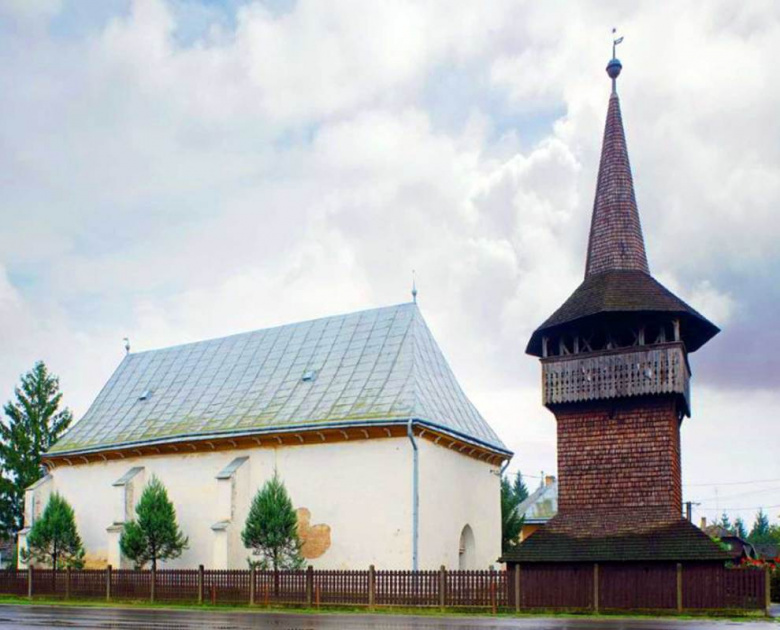
-
Reformed Church of Márokpapi →
Hungary
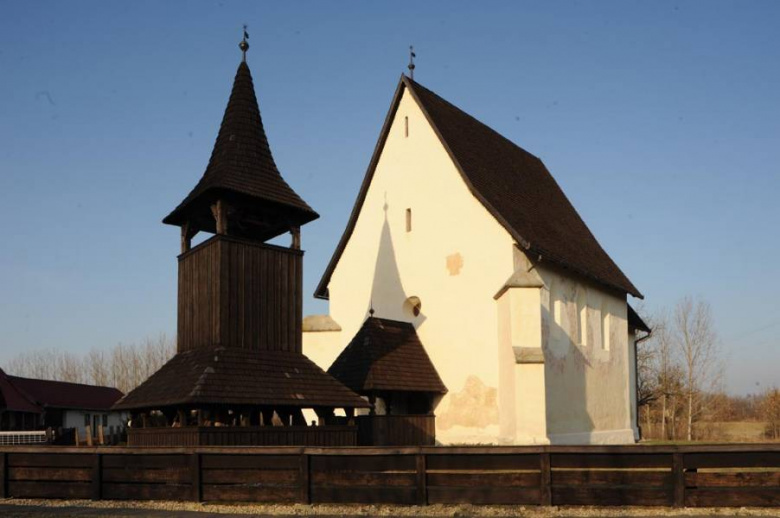
-
Reformed Church of Szamosújlak →
Szamosújlak / Hungary
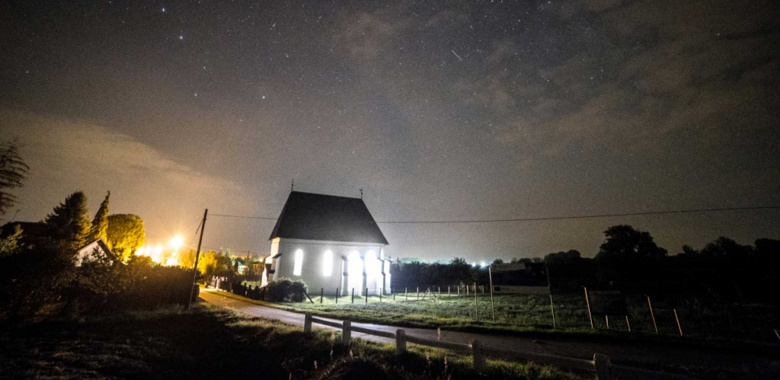
-
Reformed Church of Tákos →
Hungary
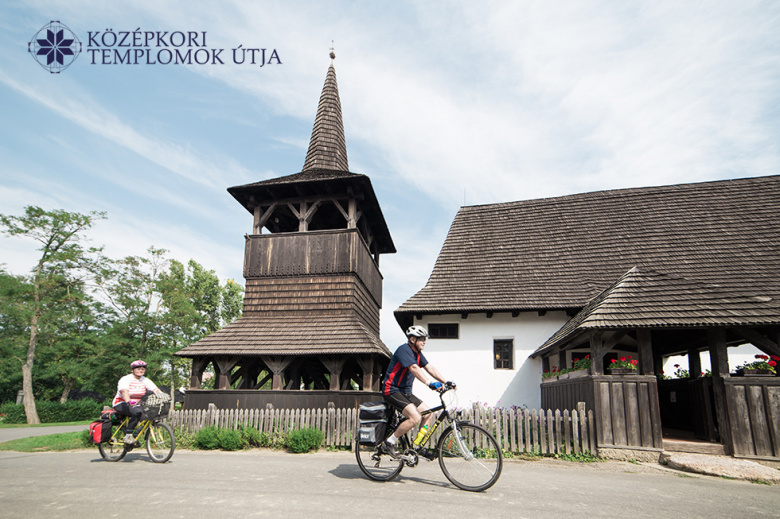
-
Reformed Church of Túristvándi →
Hungary
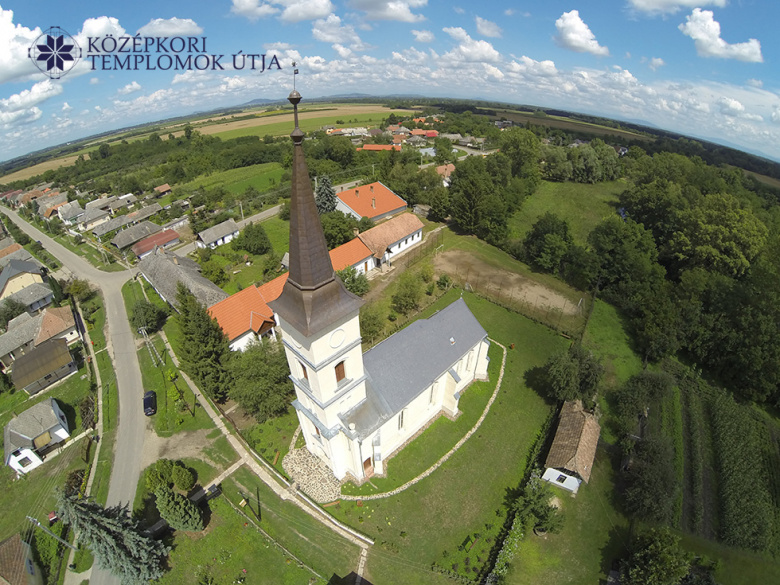
-
Reformed Church of Vámosatya →
Hungary
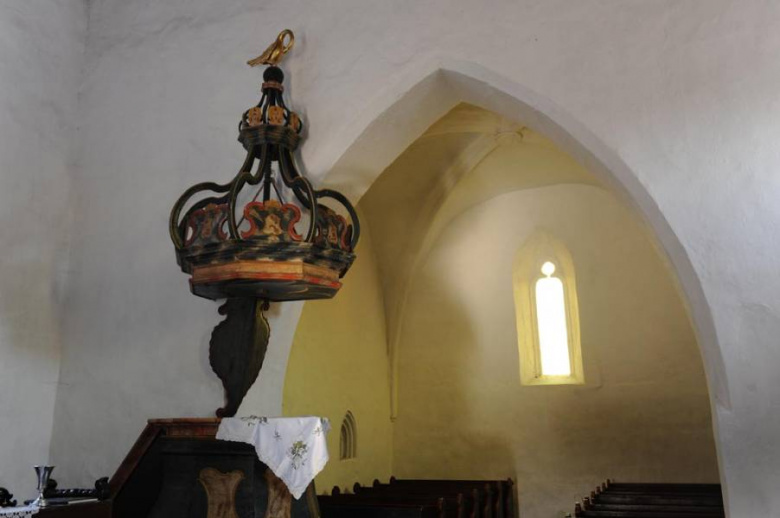
-
Reformed Church of Vámosoroszi →
Hungary
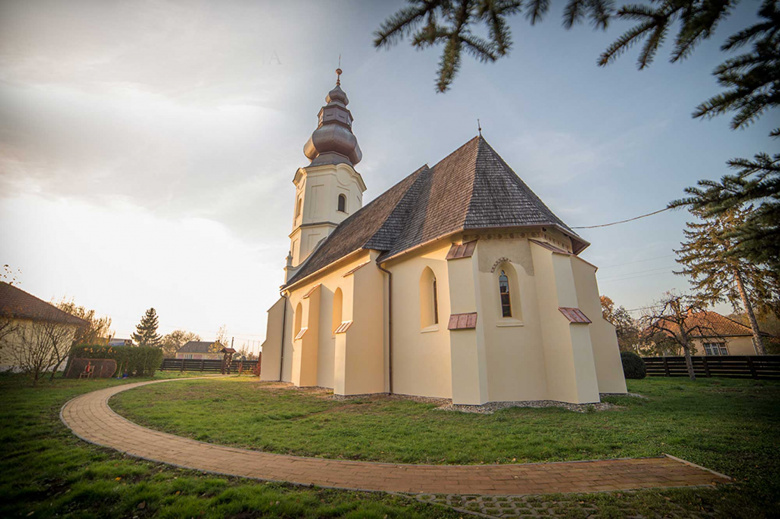
-
Roman Catholic church in Jánkmajtis →
Hungary
-
The Medival Church Route →
Hungary




